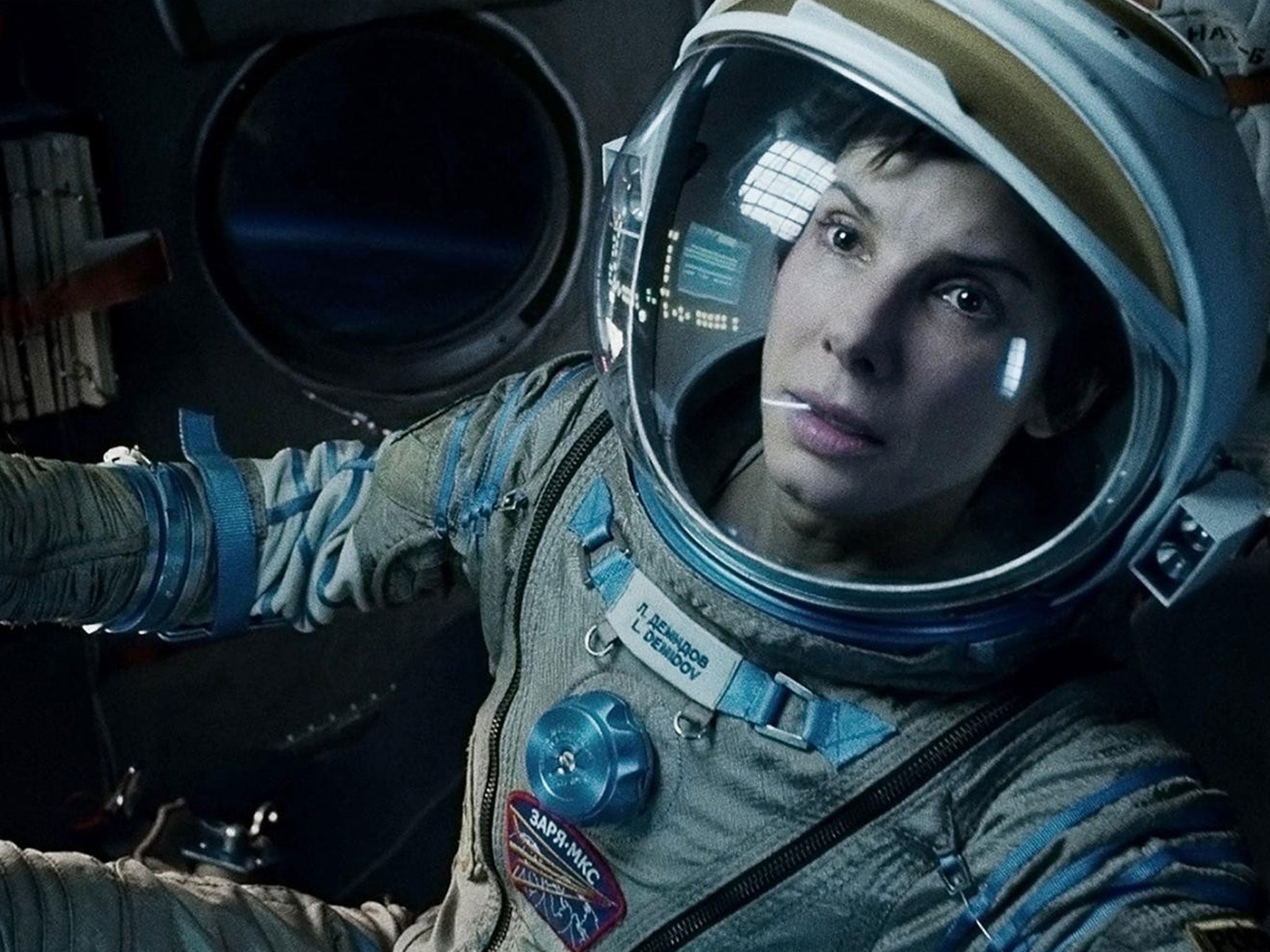Film review: Gravity
'Digital imagery has never looked this stunning or hyperrealistic before'

Your support helps us to tell the story
From reproductive rights to climate change to Big Tech, The Independent is on the ground when the story is developing. Whether it's investigating the financials of Elon Musk's pro-Trump PAC or producing our latest documentary, 'The A Word', which shines a light on the American women fighting for reproductive rights, we know how important it is to parse out the facts from the messaging.
At such a critical moment in US history, we need reporters on the ground. Your donation allows us to keep sending journalists to speak to both sides of the story.
The Independent is trusted by Americans across the entire political spectrum. And unlike many other quality news outlets, we choose not to lock Americans out of our reporting and analysis with paywalls. We believe quality journalism should be available to everyone, paid for by those who can afford it.
Your support makes all the difference.“You gotta admit one thing,” the experienced and garrulous Lt Matt Kowalski (George Clooney) says to rookie Mission Specialist Dr Ryan Stone (Sandra Bullock) near the beginning of Alfonso Cuarón’s present-day astronaut drama: “You can’t beat the view.”
The line comes during the virtuosic unbroken 17-minute take that opens the film, in which the pair are attempting to update the Hubble telescope’s sensory equipment, and their visors reflect the corona of the sun as it spreads around the curvature of the Earth. It is hard to disagree: Gravity offers one hellava view.
It seems to take Hollywood cinema to new heights – 600km above the Earth, to be precise. Digital imagery has never looked this stunning or hyperrealistic before, so it is hard to believe that it wasn’t filmed in space. It is also a vertiginous sensory experience, that simulates with dizzying effectiveness the abnegation of all of the usual Earthbound rules about which way is up and which way is down. But you only get so long in which to admire the views.
After the mission is pelleted by space debris in the opening scene, the drama becomes life-and-death and the characters are in a constant state of high peril. When the communications go down and the oxygen is running out and there’s a fire on board the space station and the escape pod is out of fuel and the space debris is coming back around after orbiting the planet, the margins for error become vanishingly small. It is seat-grippingly tense.
And yet for all that, the real tension in Gravity is between its different senses of scale. On the one hand, it provokes the same feelings of awe and humility as Nasa’s famous “Pale Blue Dot” photograph of the planet Earth, in which, in Carl Sagan’s words, “everyone you love, everyone you know, everyone you ever heard of ... the aggregate of our joy and suffering” can be seen “on a mote of dust suspended in a sunbeam”. On the other hand, as every Hollywood production must be, Gravity is about human agency and its characters’ personal growth.
On occasion it underscores too heavily the existential and emotional points that it makes perfectly eloquently by its images alone. Remembering Stanley Kubrick’s use of silence in 2001: a Space Odyssey, one can’t help wondering if a quieter film, with less dialogue and a less insistent score, might not have proved even more powerful. But one can’t really blame the film-makers for this minor loss of nerve. After all, no one has seen a film that looks quite like it before.
Dir. Alfonso Cuarón; Starring Sandra Bullock, George Clooney; 91mins (12A)
Join our commenting forum
Join thought-provoking conversations, follow other Independent readers and see their replies
Comments